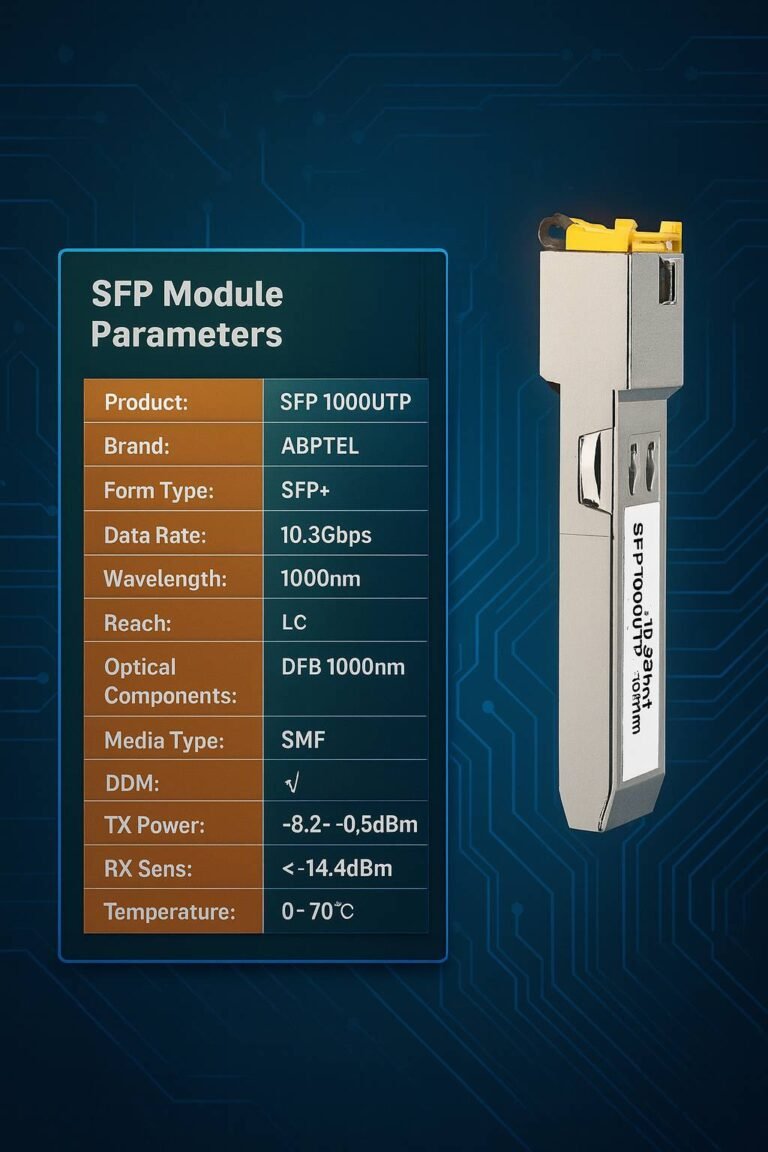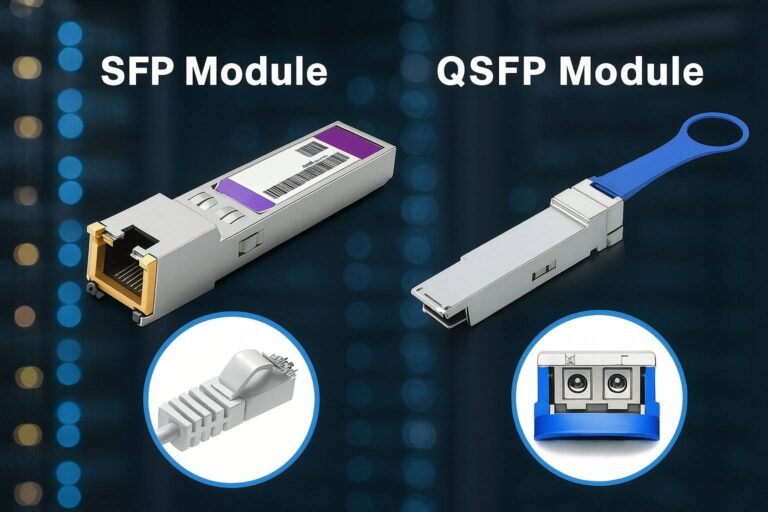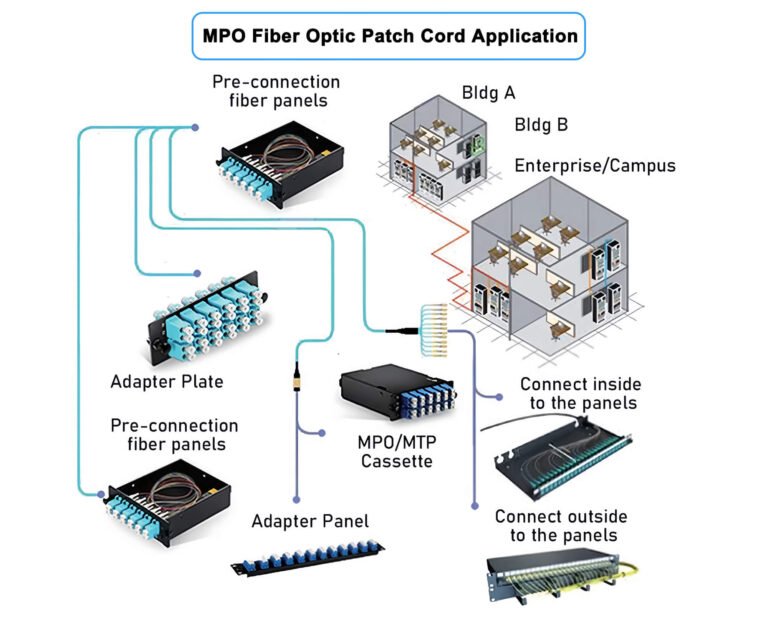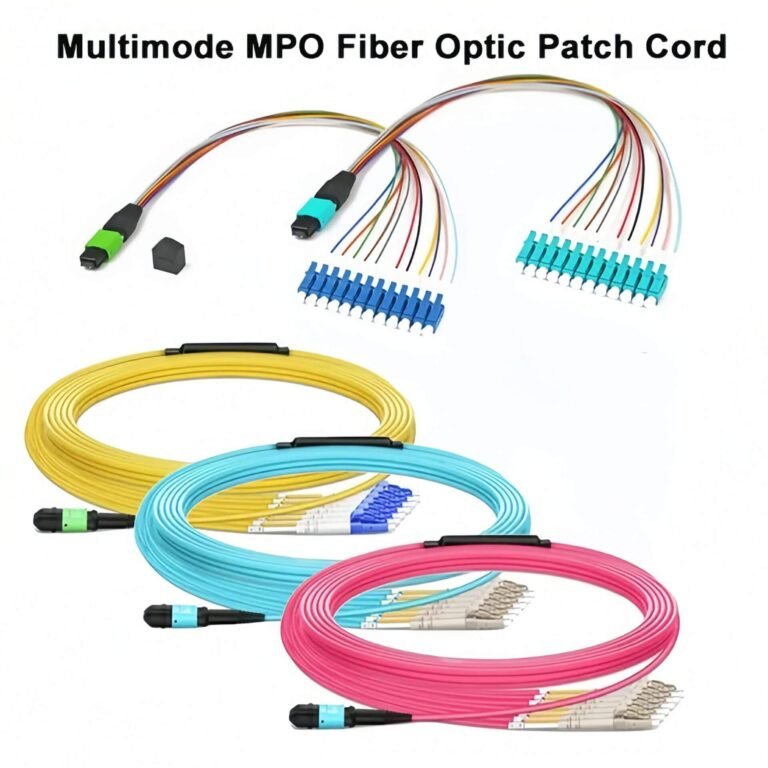What Are the Best Practices for OPGW Maintenance?
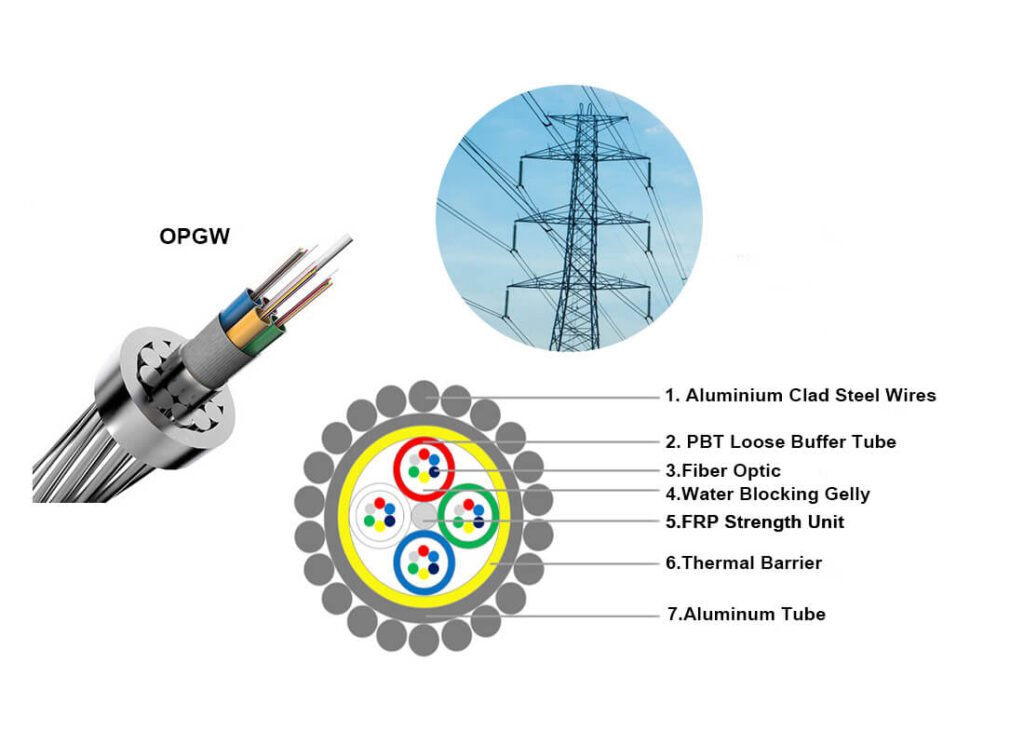
Optical Ground Wire (OPGW) cables are critical for both power transmission and communication systems. However, neglecting their maintenance can lead to costly failures and downtime. To avoid these pitfalls, adopting best practices for OPGW maintenance1 is essential.
To maintain and ensure the longevity and optimal performance of OPGW cables, I implement regular visual inspections2, optical testing3, electrical testing4, and adopt proper installation and storage practices. Following a proactive maintenance schedule and adhering to safety protocols are also critical.
OPGW cables are like the unsung heroes of telecommunications—silently working to ensure reliability and performance. But like any hero, they need care and attention to keep delivering their best. Let me delve into the proven strategies that safeguard these vital components.
How Do Visual Inspections and Physical Checks Help in OPGW Maintenance?
Ensuring the integrity of OPGW cables begins with regular visual inspections and physical checks. These inspections help detect potential issues early, preventing minor problems from escalating into major failures.
Conduct regular visual inspections to identify physical damage or environmental wear on OPGW cables. Check for cuts, abrasions, bends, and corrosion5, especially at connection points to towers, ensuring that connectors and splices remain intact and functional.
Visual inspections involve a thorough examination of the cable's exterior, ensuring there are no visible signs of damage, like cuts or deformities. Regular checks of the connectors and splices6 are crucial since these components are often most vulnerable to wear. Environmental factors, like corrosion, should also be monitored as they can significantly affect cable performance.
I recall a project where we conducted routine visual inspections on a series of OPGW cables installed across a coastal region. The harsh marine environment accelerated the corrosion process, especially at the connection points. Early detection of minor abrasions allowed us to address the issues promptly, preventing more severe damage and ensuring uninterrupted communication and power transmission.
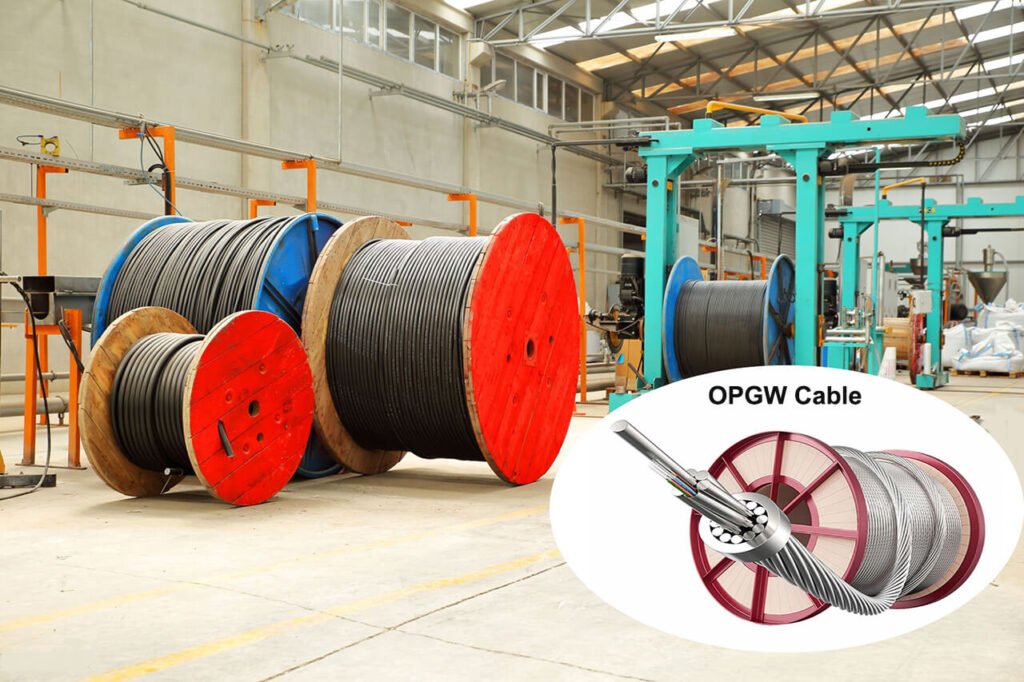
Why Is Optical Testing Important for OPGW Cables?
Optical testing7 is a cornerstone of maintaining OPGW cable performance. It ensures that the cable's fiber optic characteristics remain within optimal parameters, detecting any faults or deviations early.
Use Optical Time-Domain Reflectometer (OTDR)8 tests and optical power meter testing to measure fiber optic characteristics, locate faults, and calculate insertion loss. Comparing results with baseline data helps detect any deviations or issues.
OTDR is essential for pinpointing faults and assessing splices, providing detailed insights into the cable's condition. Optical power meter testing9 complements this by measuring power loss, ensuring that transmission remains efficient. Both methods require comparing current data against established baselines to spot any concerning trends.
During a maintenance cycle in our Shenzhen facility, the implementation of regular OTDR testing revealed a gradual increase in insertion loss at a specific splice point. This early detection allowed us to perform a targeted repair before the issue could escalate, thereby avoiding significant data transmission disruptions and ensuring the reliability of our communication network.
Why Is Electrical Testing Vital for OPGW Cables?
Ensuring the electrical integrity of OPGW cables is as important as maintaining their optical performance. Proper electrical testing guarantees that the cable maintains necessary continuity and grounding.
Measure the electrical resistance and continuity of the OPGW cable using a digital multimeter10. Ensure proper grounding by checking the continuity of the grounding path regularly.
Electrical tests involve assessing the cable's resistance and ensuring no breaks in the fiber. Continuity tests confirm that the grounding path is intact, which is crucial for preventing electrical faults. Regular testing helps in maintaining the cable's safety and reliability.
In a project involving high-voltage power lines, electrical testing revealed intermittent grounding issues due to a loose connection at one of the splice points. Addressing this promptly prevented potential electrical faults and safeguarded the integrity of the entire power transmission system.
What Role Does Fiber End-Face Inspection Play in OPGW Maintenance?
The quality of fiber connector end-faces directly impacts OPGW cable performance. Regular inspections and cleaning are necessary to ensure optimal light transmission.
Inspect fiber connector end-faces using a fiber microscope11 or inspection scope. Clean and polish connectors as needed to maintain optimal light transmission and cable performance.
Using specialized tools like fiber microscopes, technicians can detect and address issues with connector end-faces. Cleaning and polishing are often necessary to remove contaminants that can degrade signal quality.
During a routine maintenance check, I noticed that several fiber connectors had minor scratches and dust particles under the fiber microscope. Cleaning these connectors significantly improved signal strength and reduced data loss, ensuring that our communication network operated at peak efficiency.

How Do Environmental and Storage Practices Affect OPGW Cables?
Proper storage and environmental considerations are vital for preserving OPGW cables. These practices help prevent premature wear and damage during storage and transportation.
Environmental and Storage Practices Store OPGW cables in a clean, dry environment, away from dust, moisture, and direct sunlight. Ensure cables are protected during transportation to prevent damage12.
Maintaining an appropriate environment for storage is essential. Cables should be kept dry and free from dust, with adequate protection during transport to avoid physical damage.
I recall a shipment of OPGW cables that were stored improperly, exposed to high humidity and dust. Upon installation, the cables exhibited significant corrosion and fiber degradation, leading to increased maintenance costs and reduced performance. Implementing strict storage protocols mitigated such risks, ensuring that our cables remained in optimal condition from shipment to installation.
How Do Installation Best Practices Enhance OPGW Cable Performance?
Correct installation techniques are crucial for maintaining the integrity and performance of OPGW cables. These practices help prevent physical damage and ensure long-term reliability.
During installation, maintain suitable tension, avoid excessive pulling, and ensure the cable is not bent beyond its minimum radius13. Use proper tools and cable management systems to support and organize the cables.
Installation processes should focus on maintaining proper tension and using appropriate tools, like pulleys with smooth edges14, to avoid damaging the cable. Proper cable management systems help organize and support the cables effectively.
In one of our installations in the mountainous regions of China, adhering to proper tensioning and using smooth pulleys prevented undue stress on the OPGW cables. This careful approach ensured that the cables remained free from kinks and maintained their performance standards, even under challenging environmental conditions.
Why Is a Regular Maintenance Schedule Necessary for OPGW Cables?
A structured maintenance schedule is key to preventing unexpected failures and ensuring consistent performance of OPGW cables.
Develop a proactive maintenance schedule, including routine inspections, cleaning, performance testing, and documentation updates. Adjust the schedule based on network usage and environmental factors.
Regular maintenance involves scheduled inspections and performance testing, ensuring that any issues are addressed promptly. Documentation updates are also essential for tracking the cable's condition and performance over time.
Implementing a maintenance schedule in our data center allowed us to consistently monitor cable health, leading to early detection of potential issues and minimizing downtime. This proactive approach not only enhanced reliability but also extended the lifespan of our OPGW cables.
How Does Training and Documentation Impact OPGW Maintenance?
Proper training and thorough documentation are pillars of effective OPGW cable maintenance. They ensure that personnel are equipped to handle the cables safely and effectively.
Ensure personnel are trained in handling, cleaning, and testing procedures. Maintain detailed documentation of cable routes, connection points, and performance metrics for reference and troubleshooting.
Training equips maintenance teams with the skills to perform their tasks safely and efficiently. Detailed documentation, on the other hand, provides a comprehensive record of the cable's history and current state, aiding in troubleshooting and maintenance planning.
At ABPTEL, we prioritize continuous training for our maintenance staff, ensuring they are well-versed in the latest maintenance techniques and safety protocols. Comprehensive documentation practices have enabled us to streamline our troubleshooting processes, reducing response times and enhancing overall maintenance efficiency.
What Are the Essential Safety Protocols for Handling OPGW Cables?
Adhering to safety protocols is critical when working with OPGW cables, especially near high-voltage lines. These protocols help prevent accidents and equipment damage.
Follow strict safety protocols and ensure all testing equipment is calibrated. Exercise caution, especially when working near high-voltage lines to prevent accidents and ensure equipment safety15.
Safety protocols include using calibrated testing equipment and exercising caution in high-risk areas. These measures protect both the personnel and the equipment from potential hazards.
During a maintenance operation near a high-voltage transmission line, strict adherence to safety protocols prevented accidental electrical exposure and ensured the safety of all personnel involved. Regular safety drills and equipment checks are integral to our maintenance operations, fostering a culture of safety and vigilance.
Conclusion
Maintaining OPGW cables involves a multifaceted approach that includes regular inspections, testing, proper installation, and adherence to safety protocols. By adopting these best practices, telecom engineers and product managers can ensure the longevity and reliability of their networks. Detailed documentation and regular training further enhance maintenance efforts, ensuring that OPGW cables continue to support power transmission and communication systems effectively.
Overall, OPGW cables are not just passive components; they are dynamic systems that require ongoing care and attention to perform optimally. My journey with ABPTEL has reinforced the importance of such maintenance practices, and I am committed to upholding these standards to ensure that our telecommunications and power transmission infrastructures remain robust and reliable.
By carefully assessing the unique requirements of your projects and understanding the strengths of each maintenance practice, you can make informed decisions that drive efficiency, reliability, and long-term success. Embracing the right maintenance strategies not only optimizes operational performance but also positions your organization at the forefront of innovation in the ever-evolving telecommunications landscape.
Footnotes
-
OPGW Cable Maintenance Best Practices: This link provides comprehensive guidelines on maintaining OPGW cables, essential for preventing costly system failures. ↩
-
Visual Inspection Procedures for OPGW Cables: This explains the role of visual inspections in detecting cable damage and ensures components like connectors are intact. ↩
-
OPGW Cable Optical Testing Procedures: Details optical testing methods crucial for maintaining the performance and reliability of OPGW cables. ↩
-
Electrical Testing for OPGW Cables: Explains the importance of electrical testing in maintaining the integrity and safety of OPGW cables. ↩
-
Effects of Corrosion on OPGW Cables: Highlights the impact of environmental factors, especially corrosion, on cable performance and longevity. ↩
-
Optical Connectors and Splices in OPGW: Provides insights into maintaining connectors and splices, crucial for OPGW cable performance. ↩
-
Optical Time-Domain Reflectometer (OTDR) Testing: Offers a guide on using OTDR for detecting faults in fiber optics, essential for OPGW maintenance. ↩
-
Optical Power Meter Testing Overview: Discusses the method of using optical power meters to measure and ensure efficient power transmission in OPGW cables. ↩
-
Digital Multimeter for Cable Testing: Provides information on using digital multimeters for electrical testing, ensuring the continuity and resistance integrity of OPGW cables. ↩
-
Fiber Microscope Usage for Inspection: Explains the process of inspecting fiber end-faces, an important step to maintain signal quality in OPGW cables. ↩
-
Protection from Environmental Factors for Cables: Guides on storage solutions and practices to mitigate environmental damage to cables, preserving their integrity. ↩
-
Minimum Bend Radius for Optical Fibers: Details the importance of not exceeding minimum bend radii during installation to prevent cable damage. ↩
-
Cable Pulleys and Handling Equipment: Recommends appropriate tools that prevent physical damage to cables during installation, ensuring long-term reliability. ↩
-
Safety Protocols for High-Voltage Line Work: Outlines safety measures when working with cables near high-voltage lines, minimizing the risk of accidents and damage to equipment. ↩
-
Importance of Safety and Quality Control in Telecom: Highlights essential measures in telecom installations, underlining safety and quality control's impact on successful infrastructure deployment. ↩

